Second Grade: Structure and Properties of Matter
Talking Science Through Texts > Second Grade > Structure and Properties of Matter
Driving Question: How are materials similar and different from one another, and how do the properties of the materials relate to their use?
Second Grade Crosscutting Concepts
Select a concept to learn more.
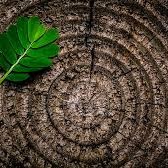
Patterns
Patterns in the natural and human designed world can be observed and used as evidence.
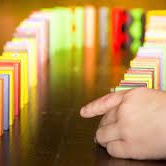
Cause and Effect
Events have causes that generate observable patterns.

Energy and Matter
Objects may break into smaller pieces and be put together into larger pieces, or change shapes.
Talking Science: Crosscutting Concepts to Support Comprehension
Crosscutting concepts have application across all domains of science. As such, they are a way of linking the different domains of science. They include patterns; cause and effect; scale, proportion, and quantity; systems and system models; energy and matter; structure and function; and stability and change. The Framework emphasizes that these concepts need to be made explicit for students because they provide an organizational schema for interrelating knowledge from various science fields into a coherent and scientifically based view of the world.
Suggested Read Aloud Texts
Choose a text to view its read aloud guide.
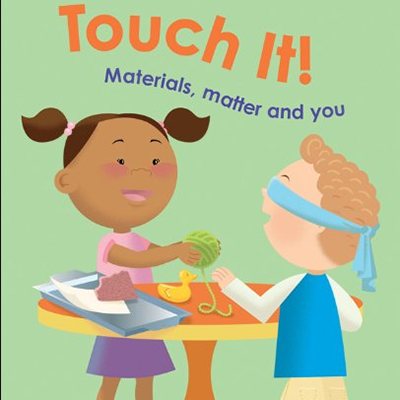
Touch It! Materials Matter & You
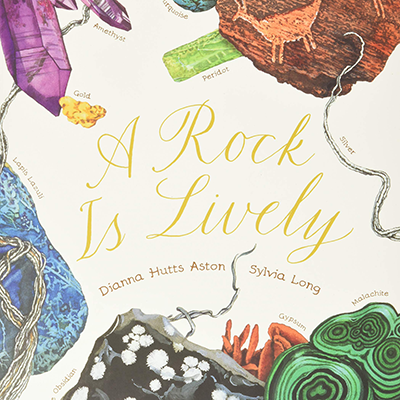
A Rock Is Lively

If I Built A Car
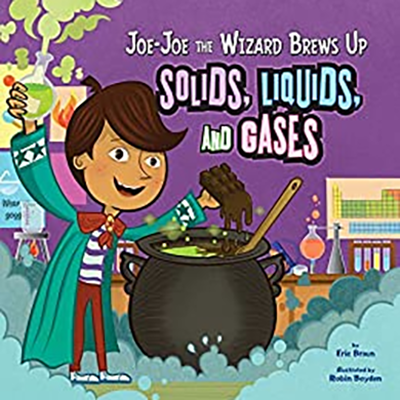
Joe Joe the Wizard Brews Up Solids, Liquids, and Gases
Talking Science: Formative Assessment Probes
Extend the discussion of these books using the suggested prompts from the Uncovering Student Ideas in Science Series from Page Keeley and NSTA.
- 2-PS1-1
- #9 Sink or Float, USI in Primary Grades, p. 46
- #10 Watermelon and Grape, USI in Primary Grades, p. 50
- #11 Is It Matter?, USI in Primary Grades, p. 54
- #10 Is It Matter?, USI (vol 1, 2nd ed), p. 81
- 2-PS1-2
- #9 Sink or Float, USI in Primary Grades, p. 46
- 2-PS1-3
- #12 Snap Blocks, USI in Primary Grades, p. 60
- 2-PS1-4
- #13 Back and Forth,USI in Primary Grades, p. 64
- #9 Is It Melting, USI, (vol 1, 2nd ed) p. 75





